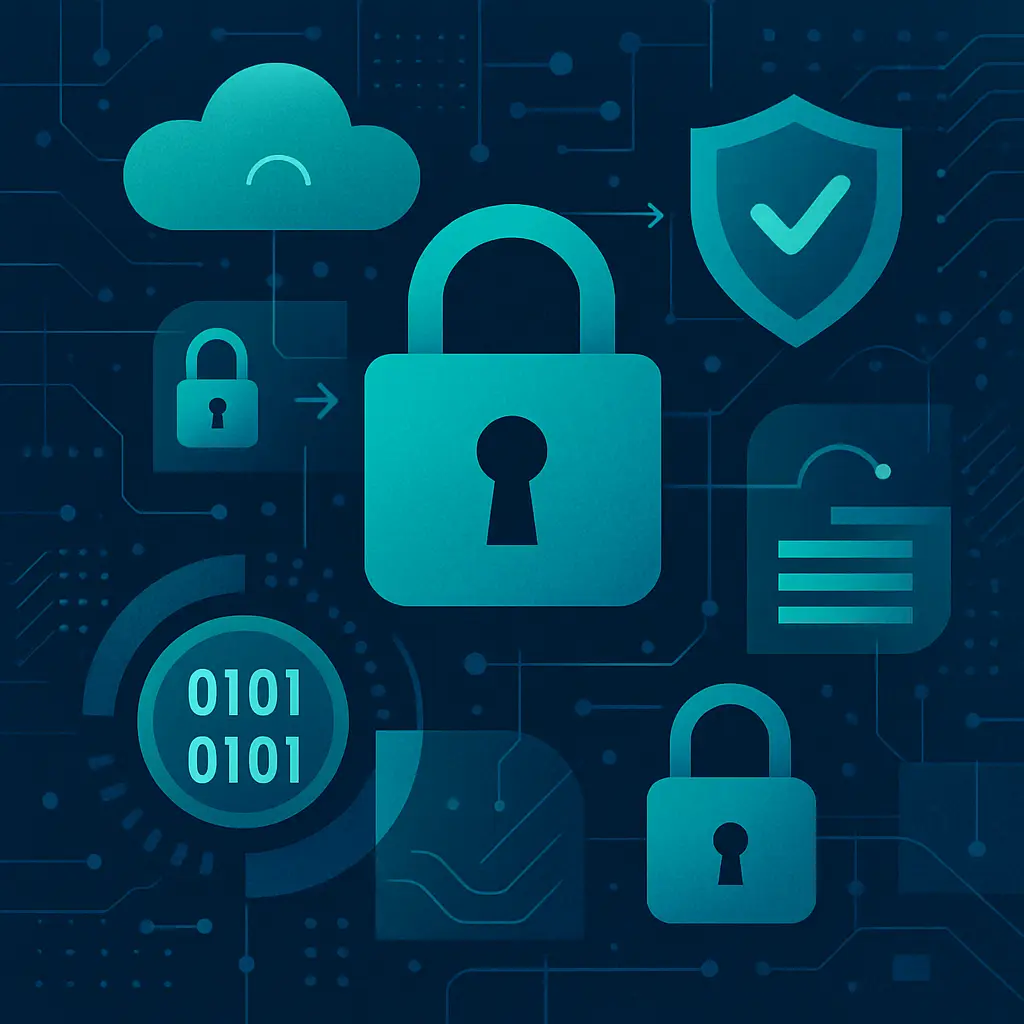In today's digital landscape, security questionnaires have become an essential part of ensuring that an organization meets necessary client and vendor standards. However, completing these forms can often feel like a daunting task. This guide highlights the top 20 security questions you're likely to encounter and provides expert tips on how to address them effectively.
Why Are Security Questionnaires Important?
Security questionnaires play a crucial role in:
- Establishing Trust: They help potential clients or partners gauge your company's commitment to security.
- Risk Management: By evaluating security measures through these questions, organizations can better assess risks associated with working together.
- Compliance Requirements: Many industries demand compliance with regulatory standards, making these questionnaires necessary for ongoing business.
- Data Protection
- Incident Response
- Access Controls
- Compliance Standards
- Third-Party Management Understanding these categories can help frame your answers and identify areas to emphasize.
- Avoid jargon where possible. Use straightforward language that all stakeholders can understand.
- Whenever possible, back up your statements with real-life scenarios or statistics that highlight your effectiveness in handling security.
- Clients want to know that you take security seriously. Highlight changes made in response to new threats or compliance requirements.
- Customize responses based on the client or vendor’s industry. This will demonstrate that you’ve thought critically about their specific needs.
Common Security Questionnaire Topics
Security questionnaires often cover various areas, including:
20 Essential Security Questionnaire Examples and Response Tips
1. What security frameworks does your company follow?
Response Tip: Mention specific frameworks relevant to your industry, such as NIST, ISO 27001, or CIS Controls. Highlight any certifications your organization has achieved.2. How do you protect sensitive data?
Response Tip: Describe encryption methods, data loss prevention strategies, and access controls that are implemented to safeguard sensitive information.3. Can you detail your incident response plan?
Response Tip: Provide an overview of your incident response strategy, including team members responsible, communication protocols, and testing frequencies.4. What employee training programs do you have in place directed at security awareness?
Response Tip: Explain your training programs, how frequently they occur, and any phishing or social engineering exercises to bolster critical thinking among employees.5. How do you manage user access to sensitive information?
Response Tip: Discuss role-based access control (RBAC) principles, multi-factor authentication (MFA), and regular reviews of user permissions.6. Describe your data backup procedures.
Response Tip: Outline the frequency of backups, storage solutions (cloud or on-premises), and your data recovery plan following a breach.7. Have you experienced any data breaches in the past?
Response Tip: If applicable, provide a concise account of breaches, your response, and what lessons were learned, emphasizing improvements undertaken since the incident.8. How do you ensure compliance with relevant laws and regulations?
Response Tip: Enumerate the policies and processes in place to ensure compliance with regulations such as GDPR, HIPAA, or CCPA.9. What third-party vendors do you work with, and how do you vet them?
Response Tip: Describe your third-party risk management process, including assessments, due diligence, and ongoing monitoring procedures.10. What is your approach to penetration testing?
Response Tip: Detail how often you conduct penetration tests, the methodologies used, and mention any third parties involved.11. How is data encrypted both at rest and in transit?
Response Tip: Discuss encryption standards you follow, such as AES-256, TLS, or VPNs, to protect data integrity during storage and transmission.12. What logging and monitoring practices do you have?
Response Tip: Explain the types of logs you maintain, how long they're retained, and your incident alerting processes.13. How do you manage remote work security?
Response Tip: Mention tools and policies, including VPNs, secure access protocols, and any remote device management solutions to support employees working outside the office.14. Describe your vulnerability management process.
Response Tip: Highlight how vulnerabilities are identified, prioritized, and mitigated. Discuss any tools employed and how frequently scans are performed.15. What's your policy for handling personal information?
Response Tip: Describe data minimization practices, how personal data is handled, and processes for data retention and destruction after use.16. What is your change management process?
Response Tip: Explain how changes to systems, software, and processes are monitored, reviewed, and approved to minimize disruptions and security risks.17. How do you handle physical security?
Response Tip: Detail access controls for physical locations, including badge systems, surveillance measures, and visitor management protocols.18. Can you provide references from previous clients regarding security practices?
Response Tip: If possible, offer references from clients that can attest to your security culture and practices, assuring potential clients of your commitment.19. How does your security policy evolve?
Response Tip: Explain how you regularly review and update security policies in light of evolving threats, industry best practices, and legal requirements.20. What happens during a security incident?
Response Tip: Provide a summary of your incident response, highlighting roles involved, timelines for communication, and recovery steps.Expert Tips for Answering Security Questionnaire Questions
Be Concise and Clear
Use Relevant Examples
Show Continuous Improvement
Tailor Your Responses
Conclusion
Navigating security questionnaires can feel like a daunting task. However, with a solid understanding of common questions and best practices for answering them, you can instill confidence in potential partners and clients regarding your organization’s security commitment. Remember, clarity, conciseness, and relevance are your best allies in crafting responses that resonate.

This approach not only positions you as a trustworthy vendor or partner but also streamlines the completion of questionnaires, saving time and reducing friction in the vendor assessment process. By mastering these questions, you can confidently tackle security questionnaires and win the trust of reviewers.


